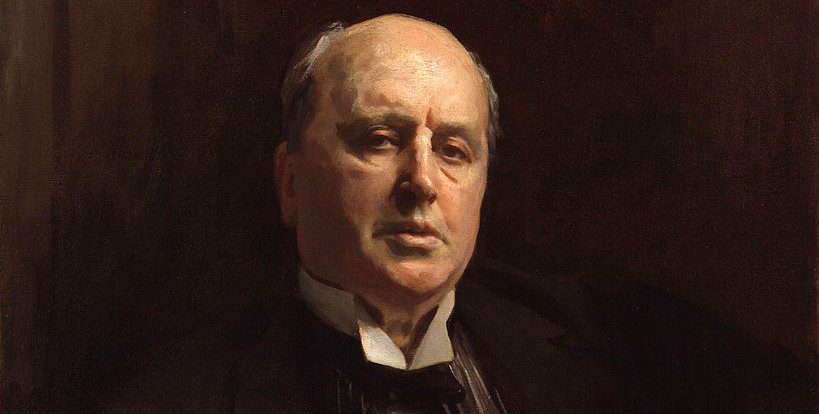At Mr Currie’s table I met several ingenious persons, who entertained me with curious and interesting reminiscences. Dr Adam Smith, author of ‘The Wealth of Nations,’ was a native of Kirkcaldy, and in the place composed his great work. While engaged in composition he frequently fell into a condition of reverie, so as to be entirely unconscious of his relations with the external world. Early on a Sunday morning he walked into his garden, his mind occupied with a train of ideas; he unconsciously travelled into the turnpike road, along which he proceeded in a state of abstraction, till he reached Dunfermline, at a distance of fifteen miles. The people were going to church, and the sound of the bells awakened the philosopher from his dream. Arrayed in an old dressing-gown, he was regarded as an oddity.
— Charles Rogers, Leaves From My Autobiography, 1876



